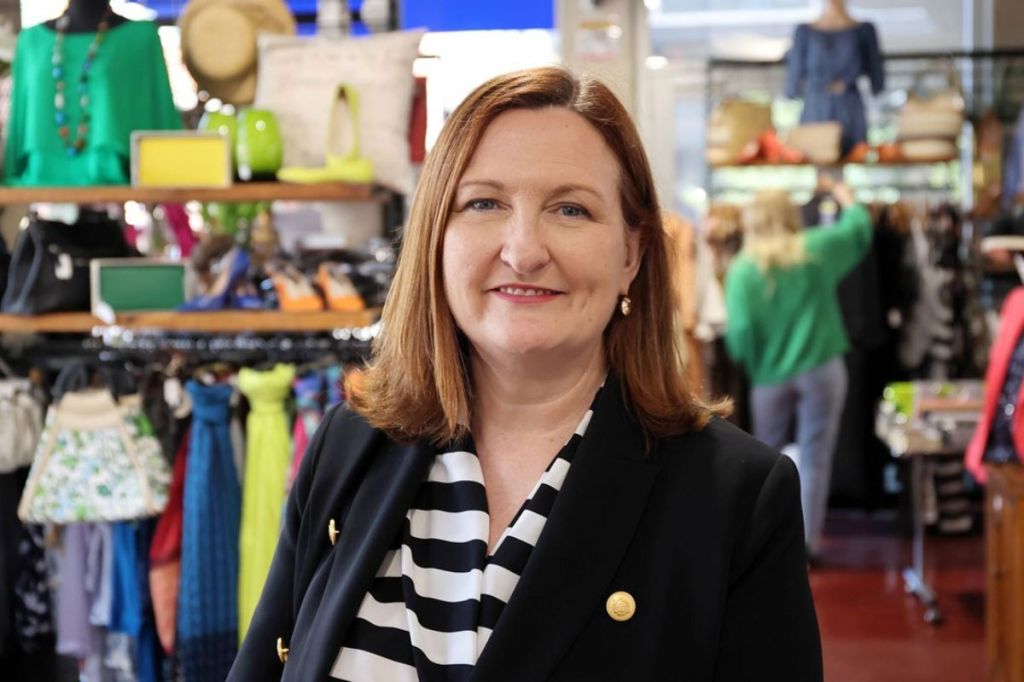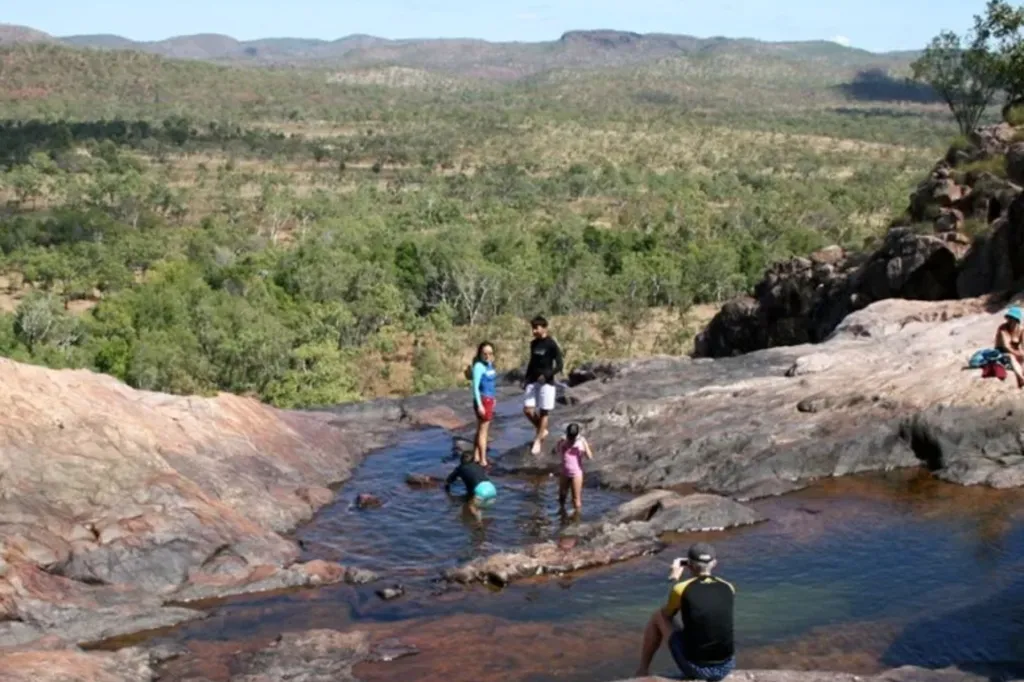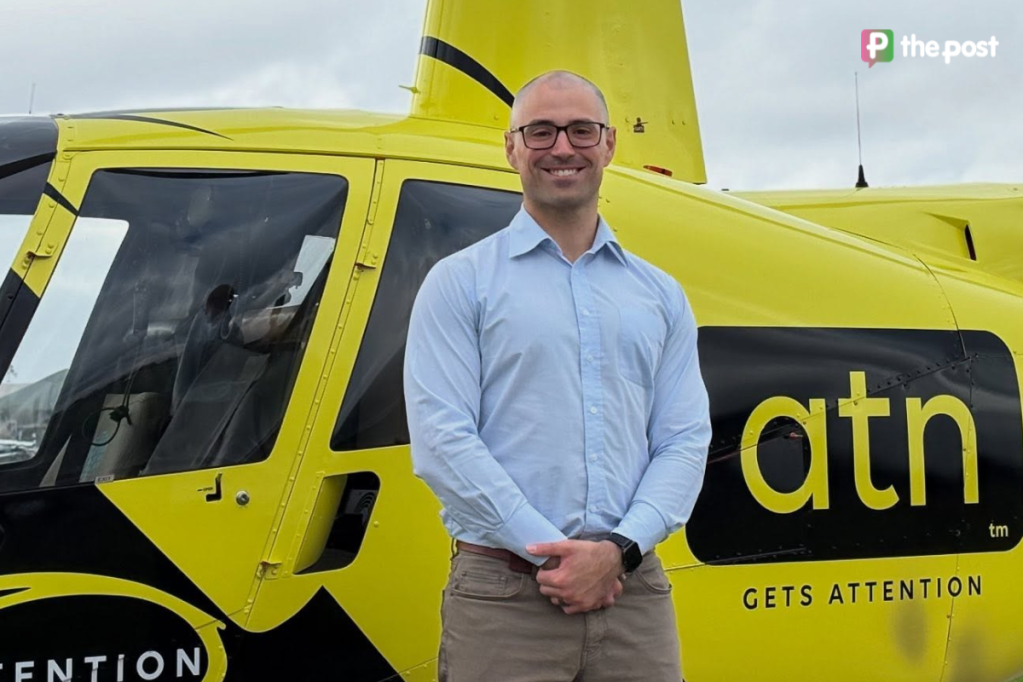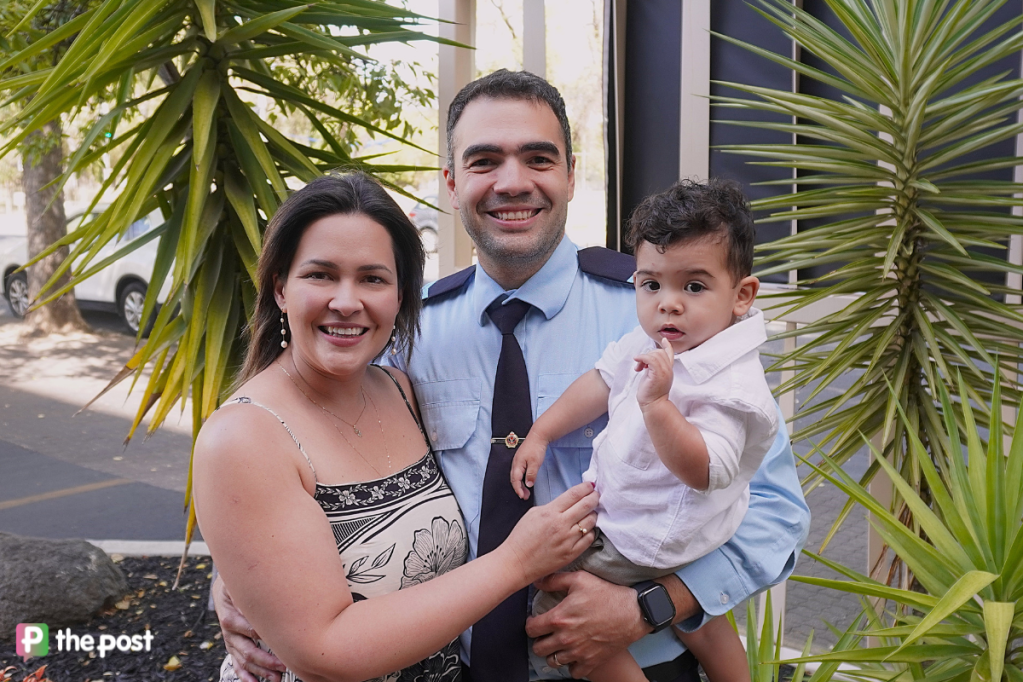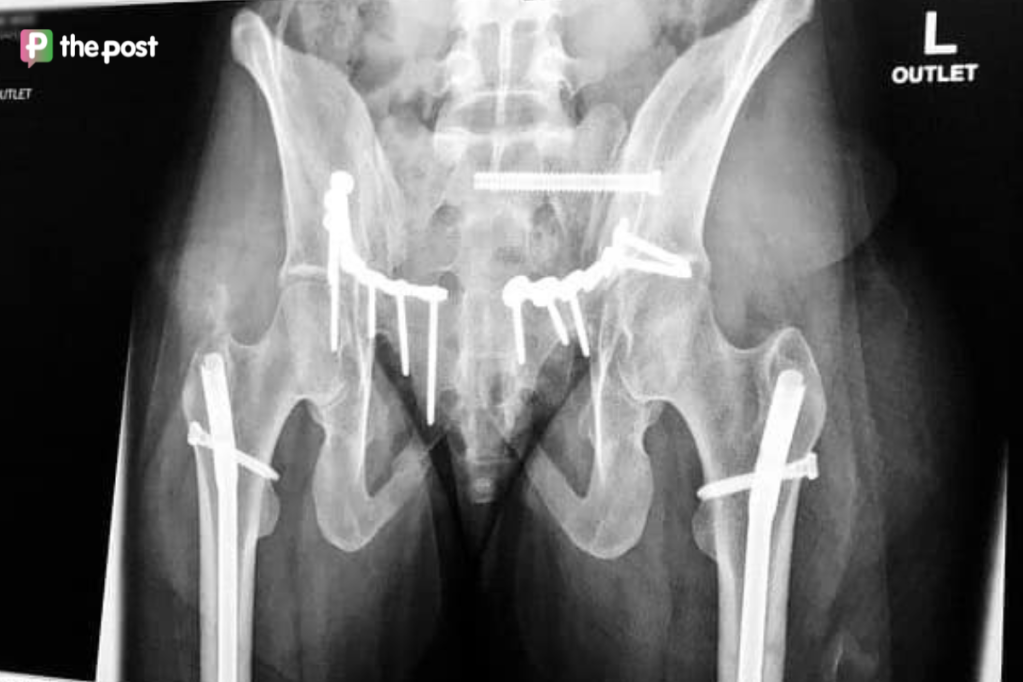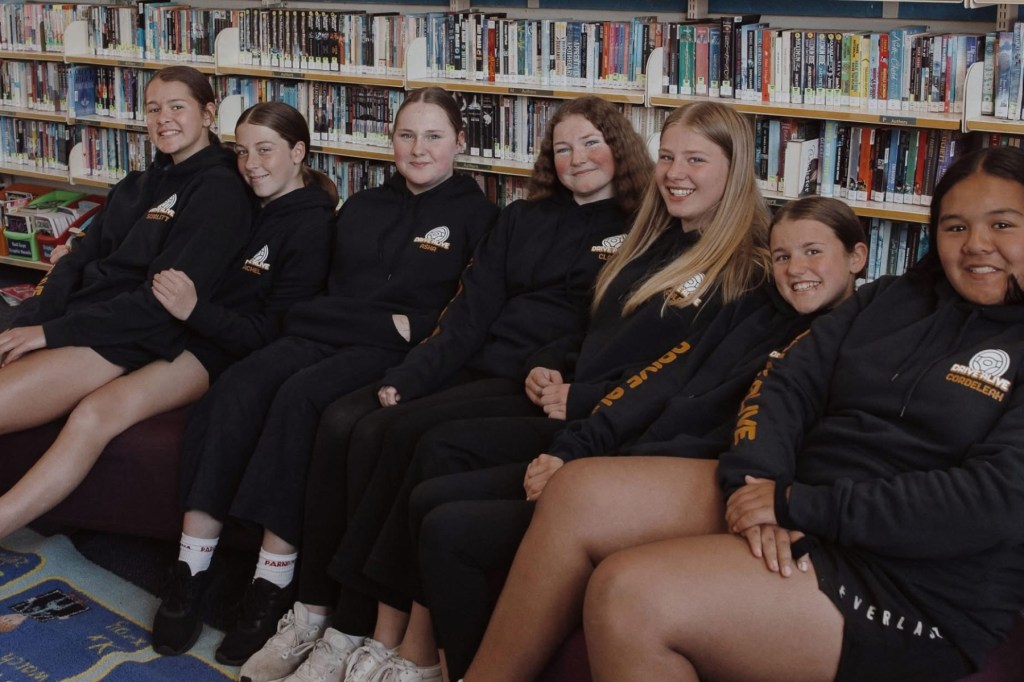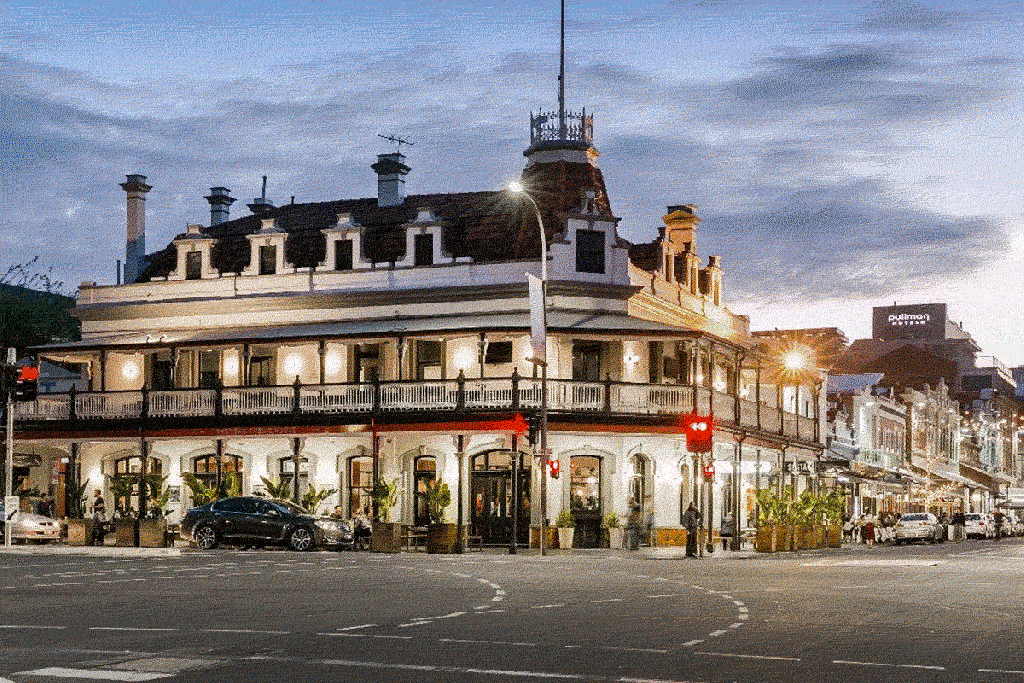SA water bills to jump under state government plan
South Australian householders will be hit with an average $85 annual water bill hike to help pay for new water infrastructure the Premier says is needed to secure new housing.
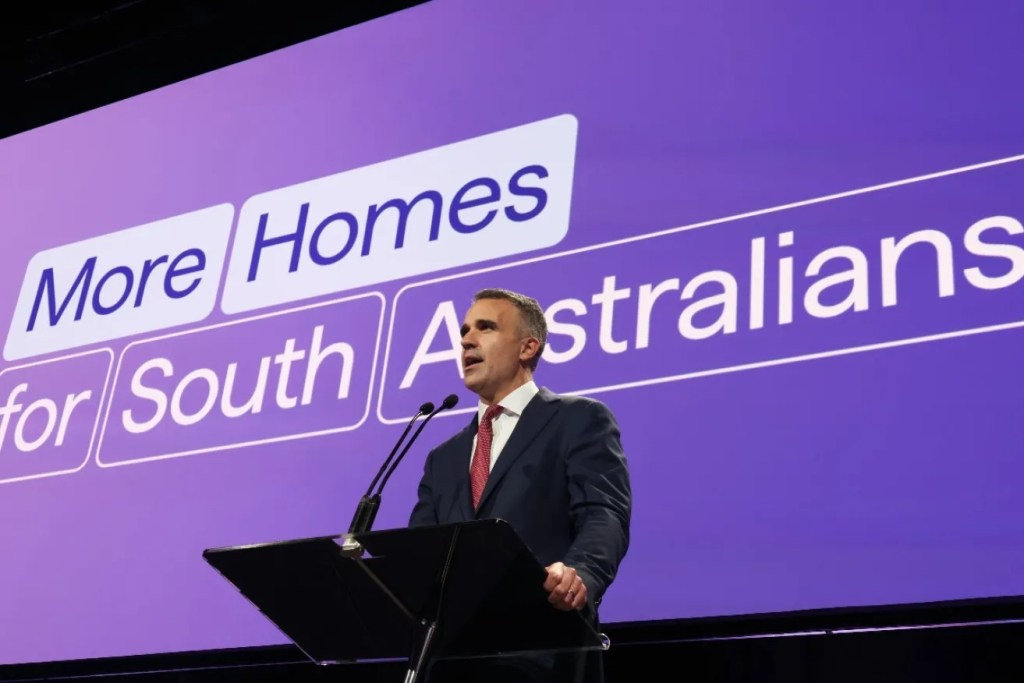
Speaking at a property and development sector lunch this afternoon, Malinauskas announced a series of new measures to tackle the state’s housing crisis while lamenting a “major underinvestment” in water infrastructure across the state.
He also revealed that water bills will be rise by 3.5 per cent above inflation next financial year, meaning the average family using 189kL of water in metropolitan Adelaide will pay $85 extra a year – $21 a quarter – on water and sewerage. Country households will shoulder a $75 increase.
Metropolitan and country businesses will also face annual increases of $348 and $300 respectively, based on a usage of 983kL a year.
The Premier said the bill increases were “not ideal” and the state government would soon announce new water bill concessions to compensate.
“You can imagine how enthusiastic we are about having this imposition on hard-working families in a cost-of-living crisis,” he said.
“But I’m not too sure what choice we’ve got.”
Malinauskas today revealed a plan to give SA Water $1.5 billion from the state government, developers and water customers so it can fund new water infrastructure.
The $440 million in state government funding for this measure was already in the State Budget, Malinauskas said, with $1.2 billion to be allocated over the next four years.
The previous four years have only seen $172 million allocated to water infrastructure, according to the government.
You might like
The other measures announced today in the state government’s “housing roadmap” include:
- Allowing developers to deliver their own water infrastructure if it’s approved by a soon-to-be established “coordinator-general” position.
- Increasing developer contributions to water infrastructure for infill developments to $10,000 by 2027-28.
- Setting a $10,000 cap for developer contributions to water infrastructure in greenfield developments.
- Shortening planning code amendment (rezoning) timelines for developers from 15 months to 6-9 months.
- Shortening timeframes for land division approvals by councils by 6-12 months.
- Shortening the consultation period for the development of the new Greater Adelaide Regional Plan (GARP). The plan, which will map out a planning vision for Adelaide’s urban form until 2053, will be completed by early 2025, rather than the end of 2025.
The announcements come amid growing questions about how the government will deliver its pledge to deliver nearly 40,000 new homes – primarily across the northern and southern suburbs – amid constraints on SA Water’s capacity to connect new developments to water and sewage.
Malinauskas told the crowd: “If you believe the water problem is bad, it’s actually a lot worse.”
He said the Bolivar Wastewater Treatment Plant is “choc-a-block”, the Salisbury trunk main supplying water to the northern suburbs is “absolutely at capacity”, and a “whole range” of deep excavation work is needed to install new mains throughout the system.
“And without these investments, it’s all at risk – Angle Vale, Virginia, Riverlea, Gawler, Roseworthy, Onkaparinga (Heights, formerly Hackham), the south Eyre, Blakeview,” the Premier said, in reference to some of the government’s most significant rezoning projects for private developers.

New housing going up at Riverlea, Walker Corporation’s development north of Adelaide. Photo: Tony Lewis/InDaily
“We’ve got no hope of getting to Two Wells and Concordia unless we seek to address this in a major way.”
Malinauskas said agencies have previously raised concerns about SA Water “but never in a way that demands serious inquiry from the political architecture of government”.
“The truth is the more inquiries we make, the more shocked we’ve become,” he said.
“We have a major underinvestment in water infrastructure, not just in metropolitan Adelaide but also in some regional communities as well.
“We are at the end game. The system is at full constraint. There is no low-hanging fruit left when it comes to getting water out of the system.”
Stay informed, daily
Malinauskas said the reasons for the underinvestment “invites a far longer conversation” and criticised “governments treating SA Water as cash cows or as something to get political gain out of a reduction in water prices”.
He said the current situation “cannot be allowed to happen again” and announced a “root and branch” review of the Water Industry Act and the Essential Services Commission of South Australia (ESCOSA).
He also announced the appointments of Greenhill Australia director Monish Bhindi and senior public servant Tricia Blight to the SA Water board.
“There’s been a range of incremental decisions made by governments – cabinets – combined by a range of deficiencies or structural failings in relationships between various agencies, including between ESCOSA and SA Water and how that relates to the Greater Adelaide plan,” he said.
“There are a range of decisions and in isolation, we can rationalise why they are made, but collectively it has actually accumulated into a situation we can safely characterise as a public policy disaster.”

Premier Peter Malinauskas said SA Water should be investing in connecting water to homes and not opening up reservoirs for recreation. Photo: Tony Lewis/InDaily
The Premier also criticised SA Water’s spending on opening up its reservoirs for kayaking and recreation, a policy pushed by the former Marshall Liberal Government.
Malinauskas said kayaking and reservoir initiatives were at “the expense of the main game”.
He said of the $172 million spent on water between 2020 and 2024, only $20 million was allocated to the northern suburbs where much of the state’s housing growth is projected.
“I don’t want SA Water waking up in the morning and working out how do we allow people to kayak on reservoirs – I want them to connect water to people’s homes.
“SA Water spent $42 million people between 2020 and 2014 on recreation around reservoirs. Now that’s fantastic, and people enjoy it, particularly in places like Happy Valley, I’m not seeking to diminish it.
“I’m seeking to demonstrate that $42 million on kayaking and bushwalking around reservoirs looks like a pretty large number when you’re only spending $20 million on water infrastructure in the northern suburbs of Adelaide where we want families to be able to live.”
The Malinauskas Government in February 2023 announced the “single largest release of residential land in the state’s history” with a pledge to rezone land for 23,700 new homes across Hackham, Dry Creek, Concordia and Sellicks Beach.
Opposition planning spokesperson Michelle Lensink said that announcement was now in “complete and utter tatters”.
“The chickens have come home to roost,” Lensink said.
“South Australians have watched this government waste time on housing developments and waste time on announcements when progress could have been made if only the Premier had spoken to SA Water before he made these announcements.
‘We’re also very concerned that pensioners are going to be asked to contribute to the developments through their water rates.”
Malinauskas said the government did contemplate water infrastructure in its housing announcements but became more aware of the problems ahead of the 2024-28 regulatory period for SA Water.
“That was when it became clear to us not just what is required into the future but how much underinvestment there has been in the past,” he told reporters at a later press conference.
